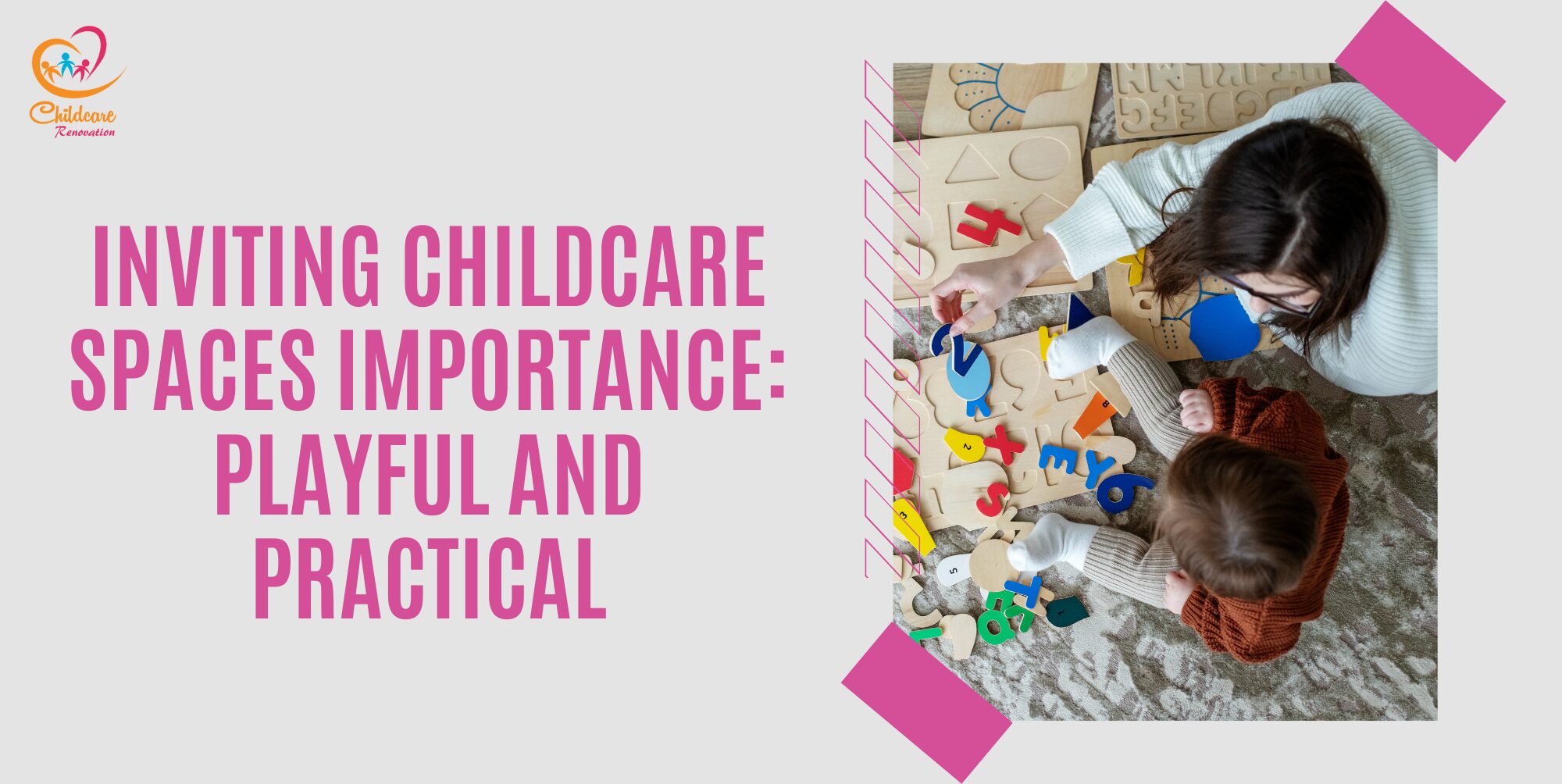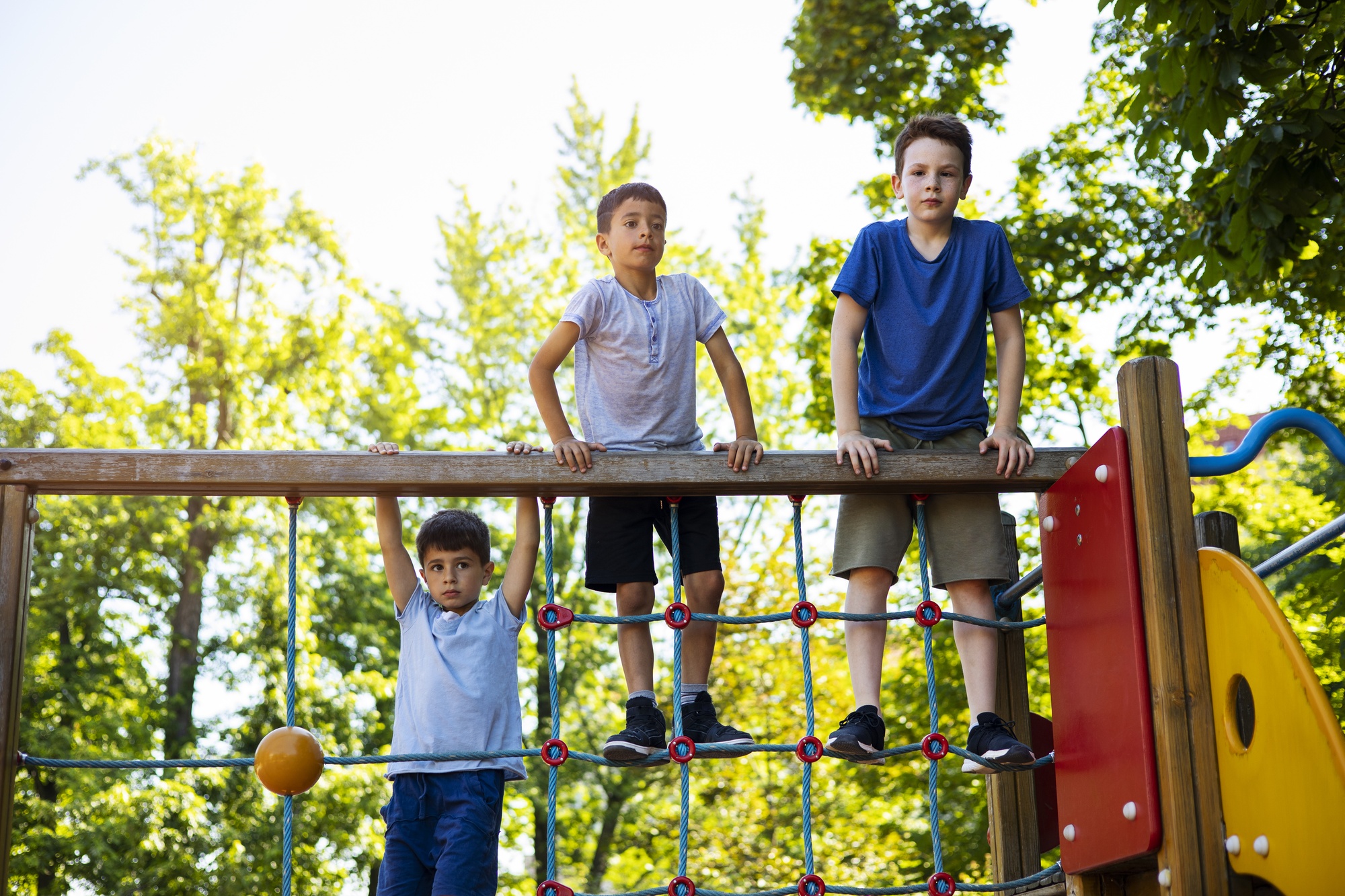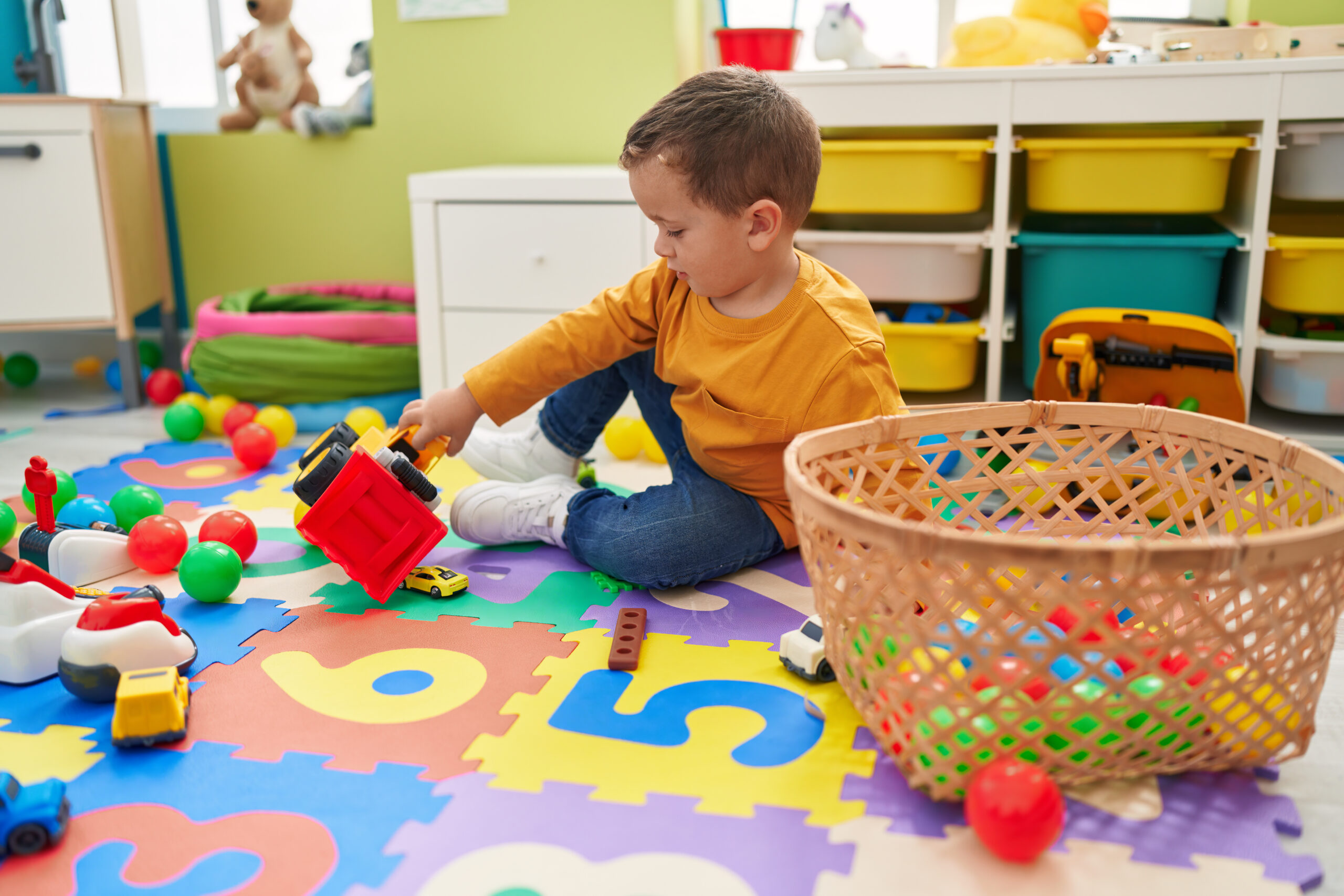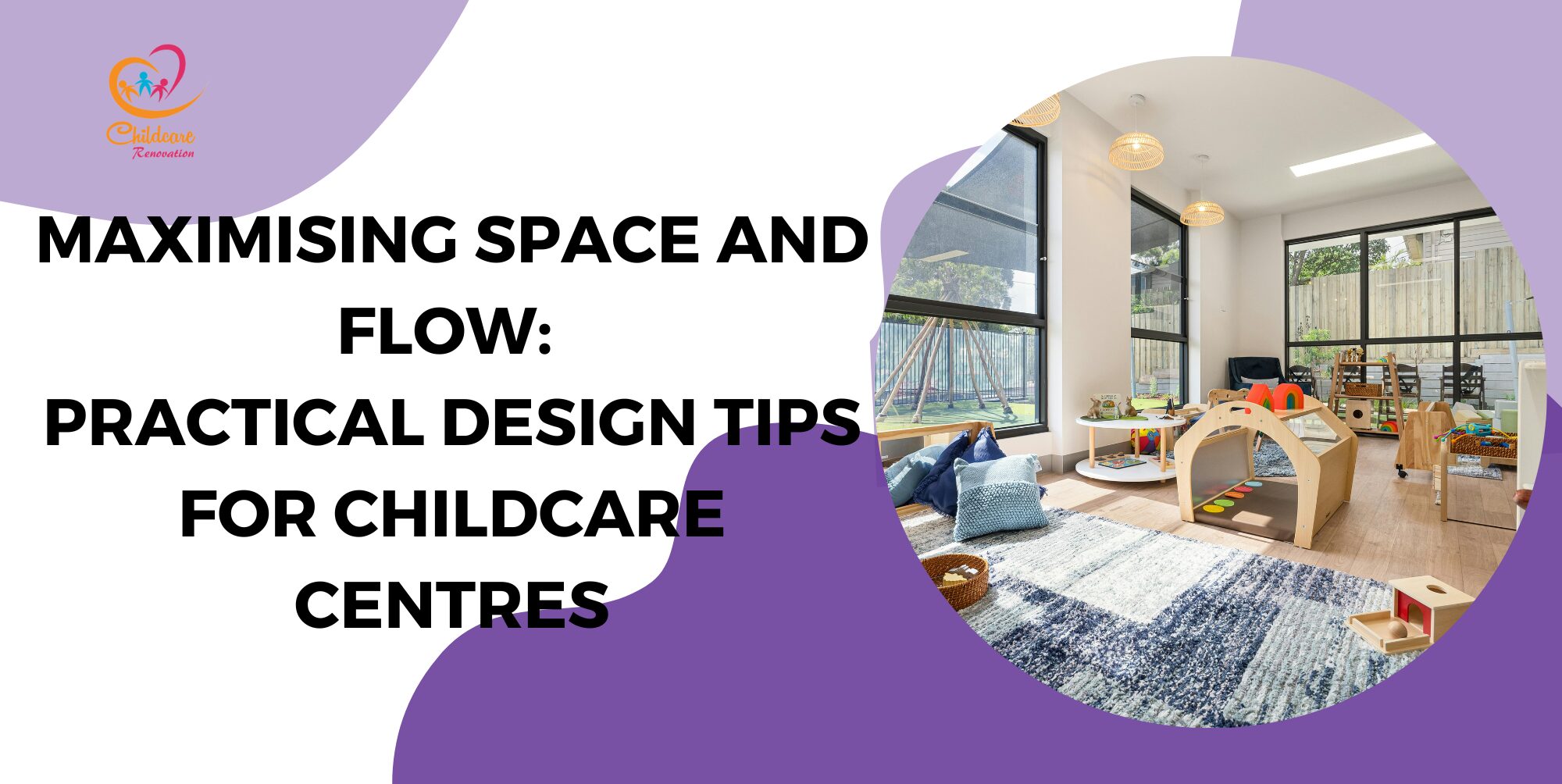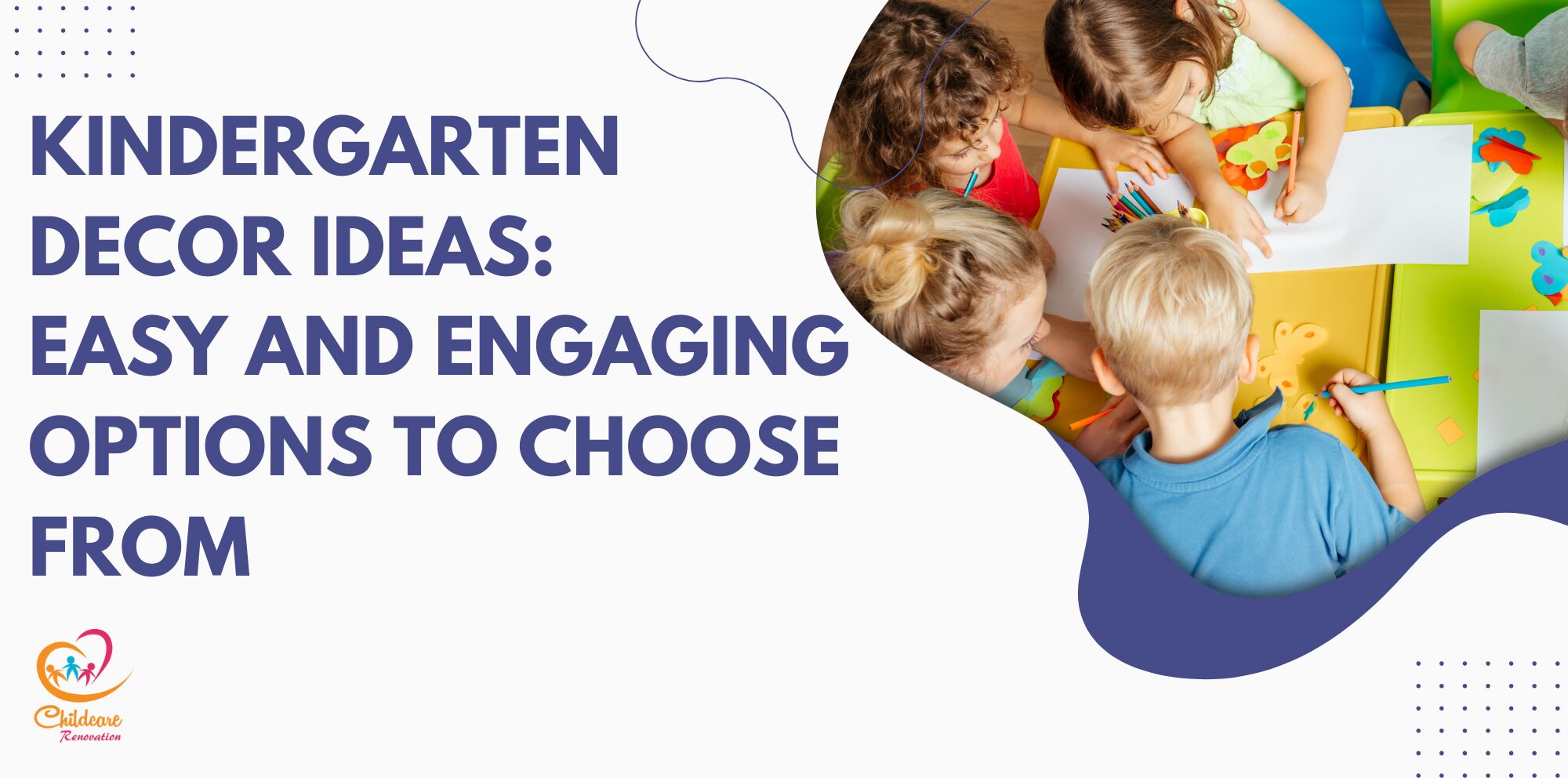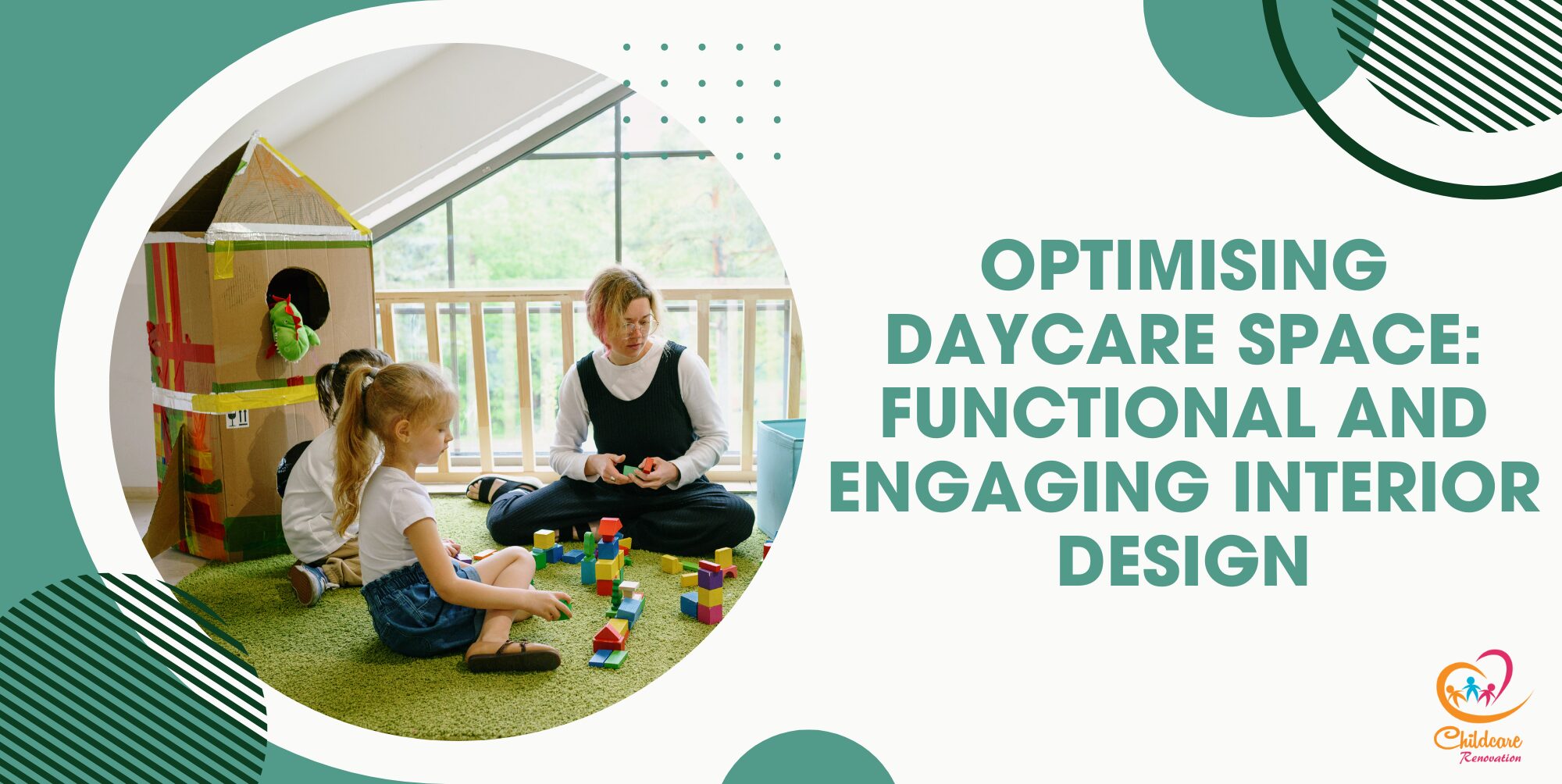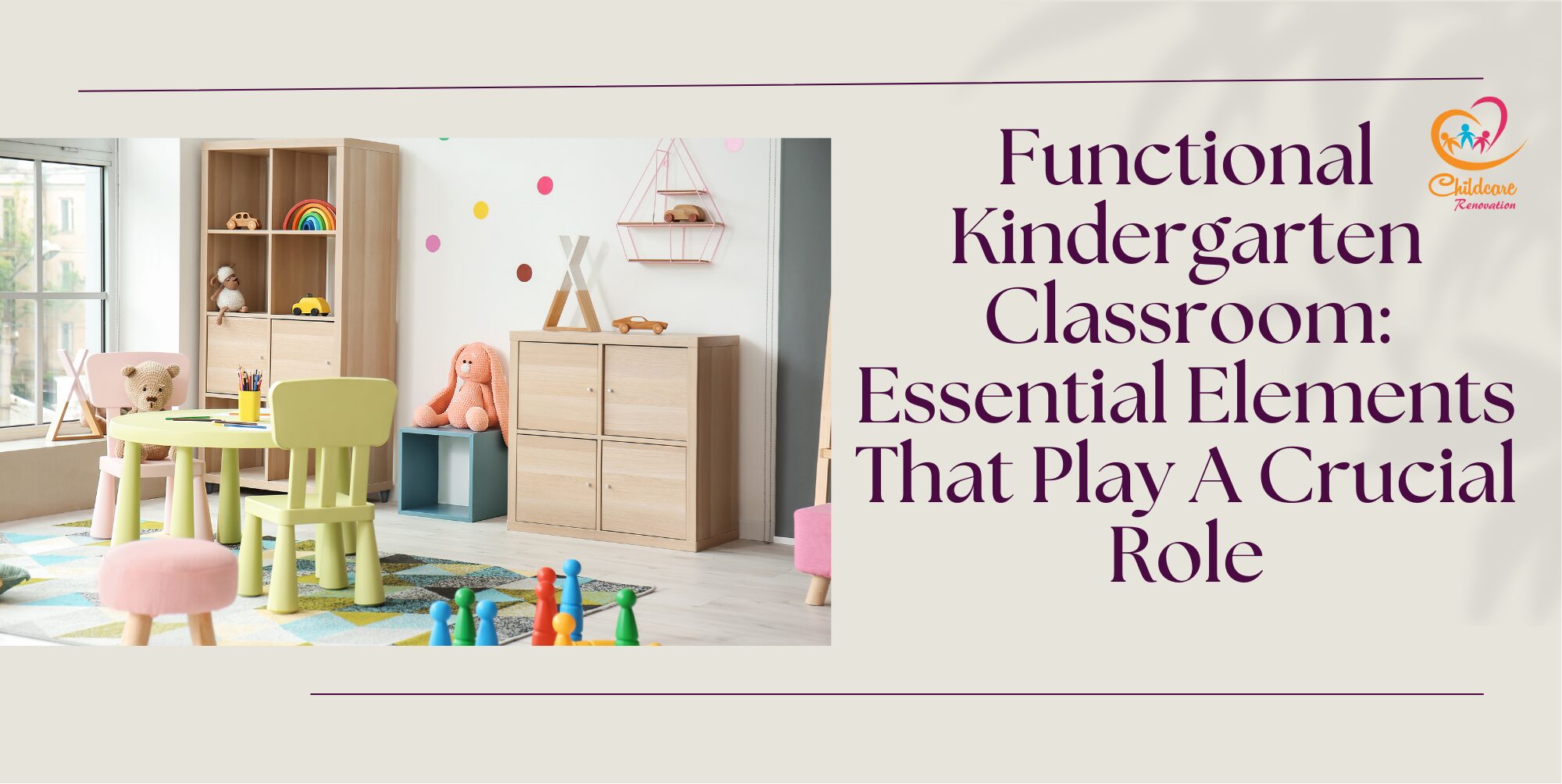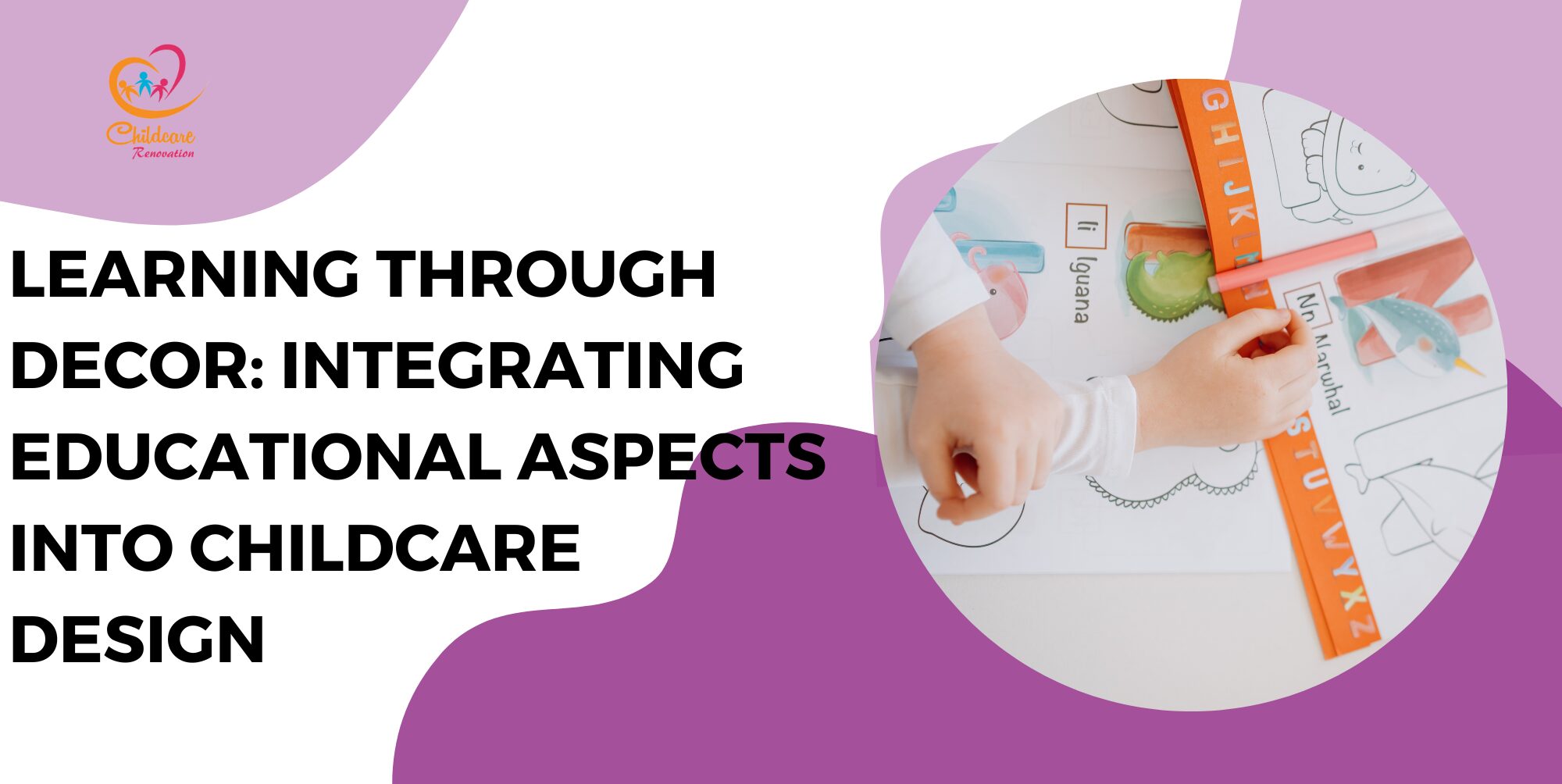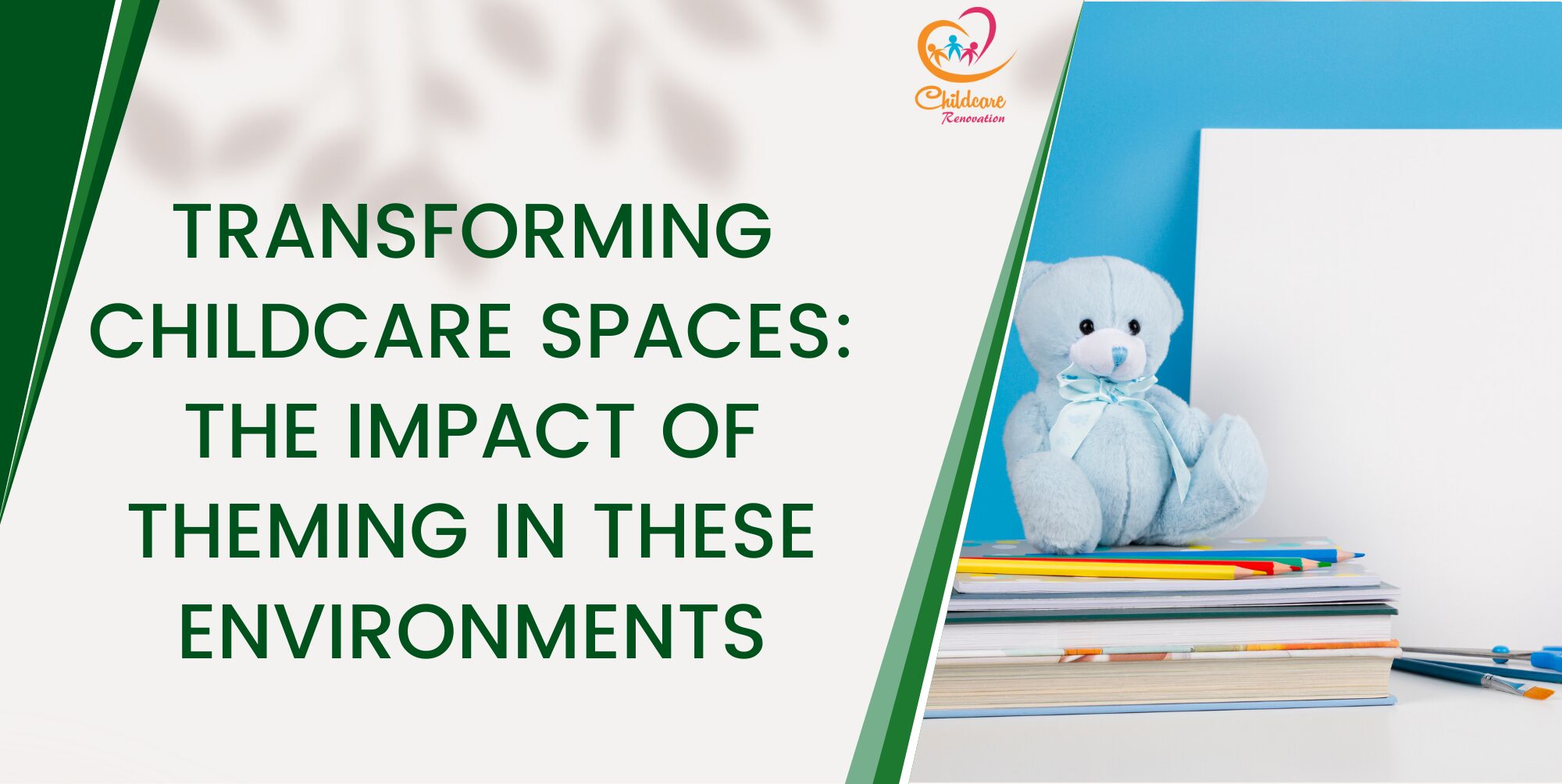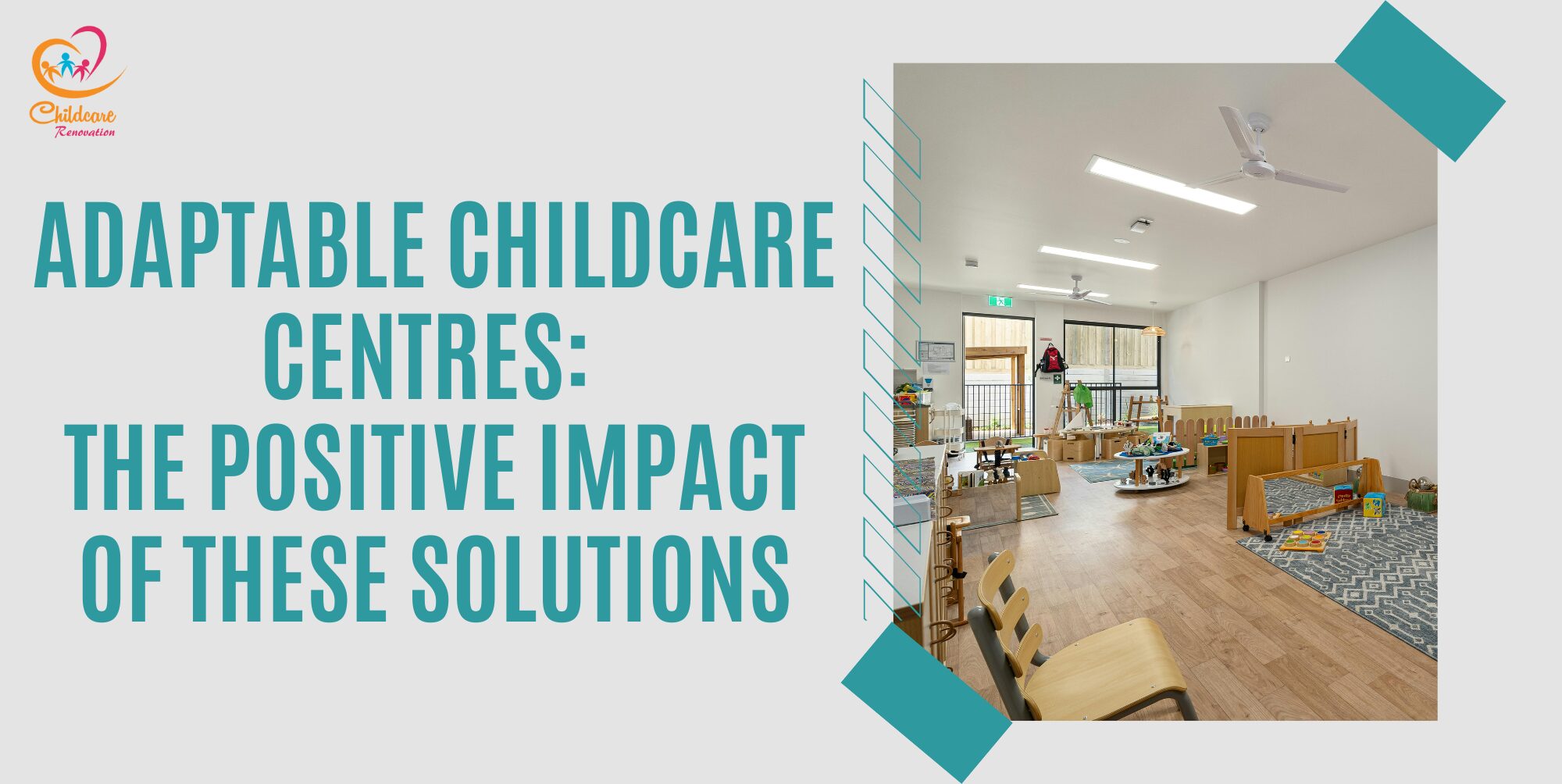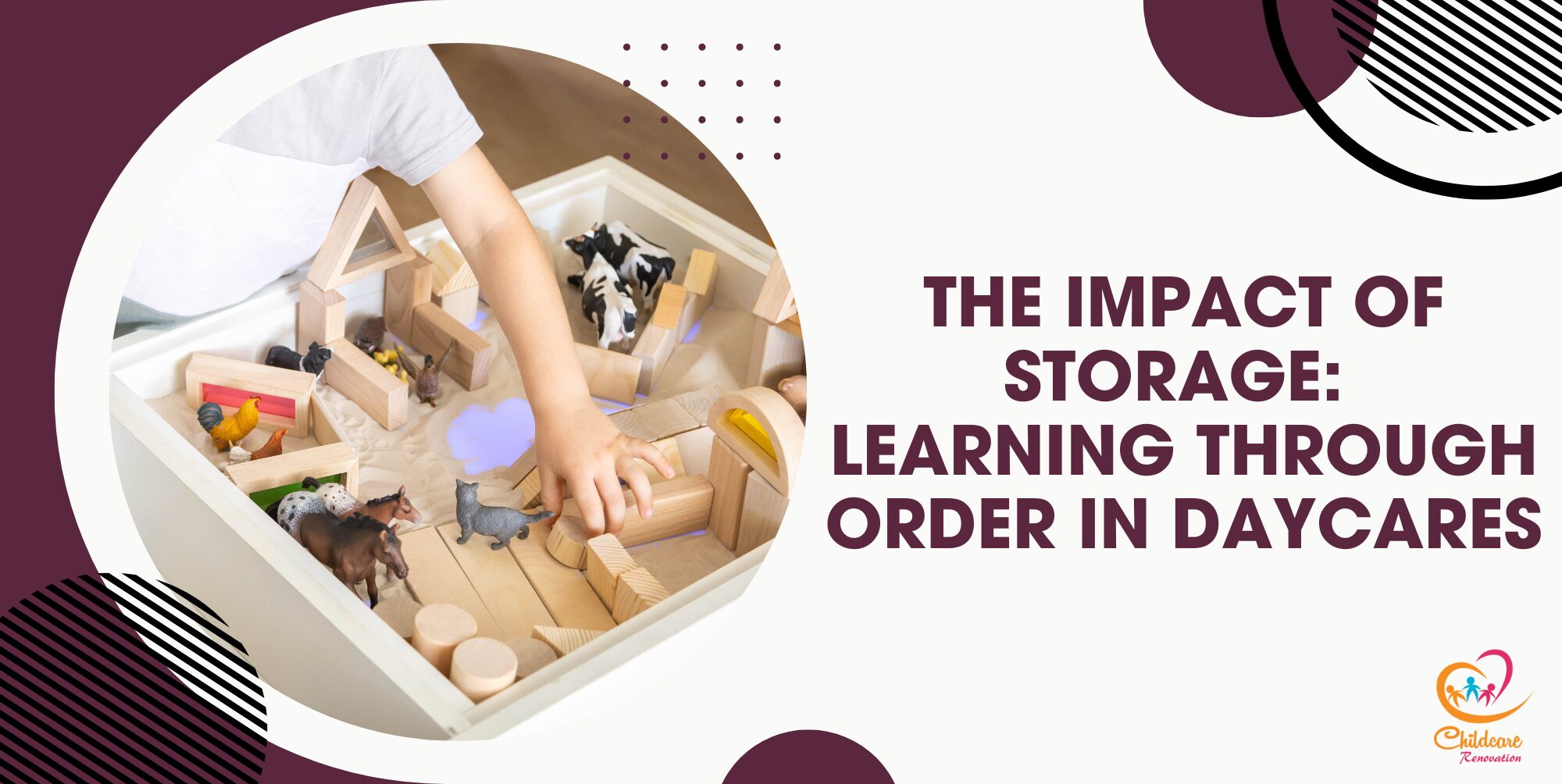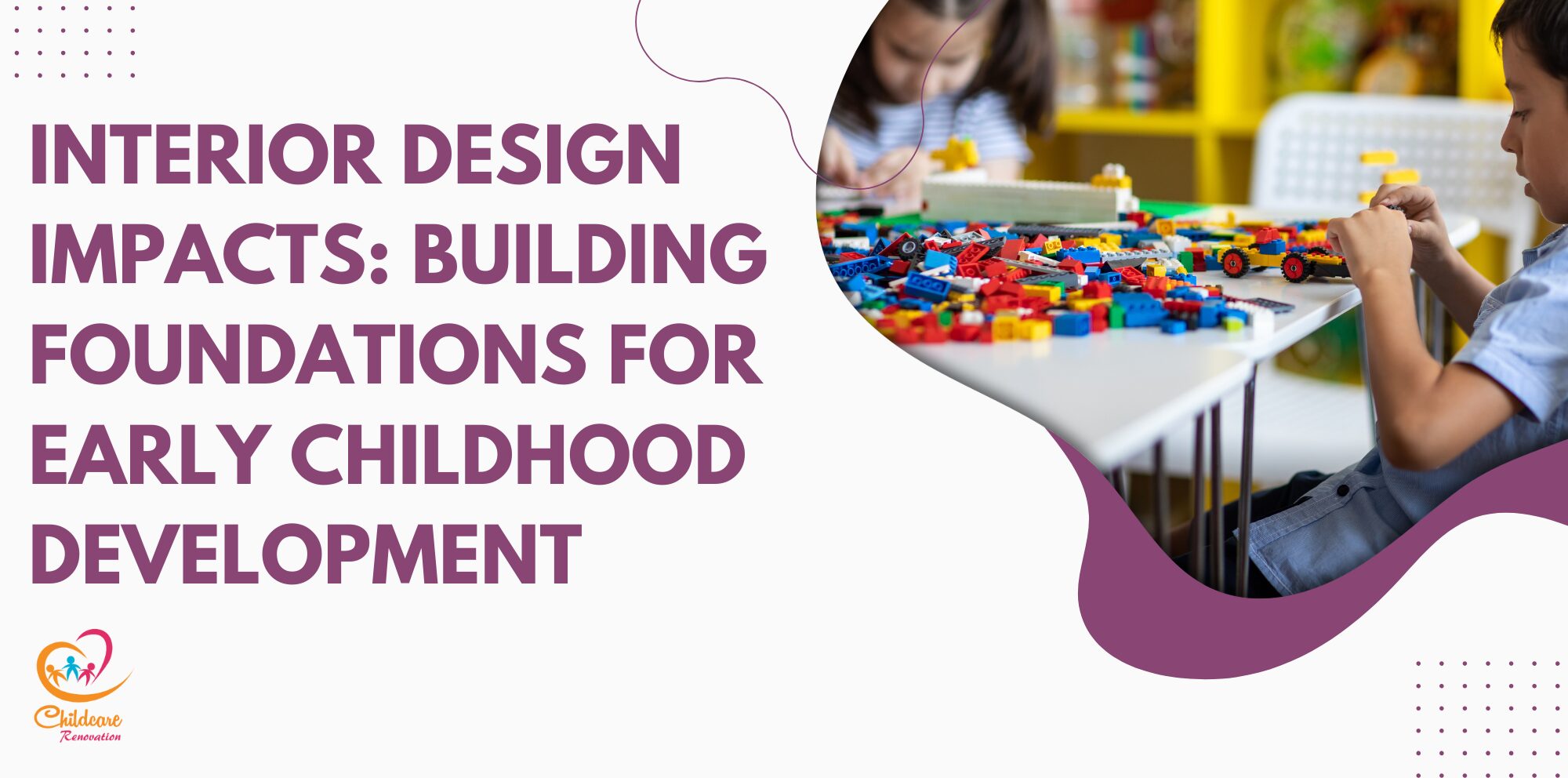Inviting childcare spaces is important when it comes to creating a playful and practical environment. Read below to find how this can be realised within the establishment.
Inviting Childcare Spaces Through Flexible Learning Areas
Flexible learning areas create the invitation in childcare through their adaptability to varied learning styles and activities. Incorporating distinct zones within a setting for quiet reading, creative art, interactive playing and sensory space creates a venue for children to be engaged in various activities that foster their curiosity and creativity.
Flexibility means having lightweight, moveable furniture that can be changed easily to fit the needs of the moment. For instance, tables and chairs can be put together for group work or moved out for independent work. Other soft furnishings such as cushions or bean bags can provide cozy nooks to retire to for reading or relaxation — giving a sense of comfort and security to the children. Modular furniture such as shelves and storage bins would be helpful in managing space but still within accessible proximity for the children. It also allows these key versatile elements to quickly enable transformation for different learning experiences — sand play, active play to focused work, enabling everything to get done within the space.
Moreover, flexible learning areas help develop autonomy in children who move and choose the space where they want to be and that best fits their action or mood at any specific moment. This develops independence, decisions and a good relationship with space which is important during their development. In this way, flexible learning areas make childcare more dynamic, welcoming and suited to a wide range of learning experiences.
Inviting Childcare Spaces By Having Outdoor Play Areas
Outdoor play spaces are imperative in creating appealing and stimulating settings for children within child care. These spaces should be designed to encourage exploration, physical activity and imaginative play while considering safety and comfort. Begin by incorporating appropriate play equipment for the age group, including climbing structures, slides, swings and sandboxes that offer opportunities for children to practice motor skills and coordination.
The comfort and safety of the children while playing could be guaranteed by incorporating different textures and materials, such as soft grass, rubber matting or even mulch. For developing creativity, playhouses, treehouses or even tunnels could be added as play things where children can start role-playing. A place to run and jump, a place for playing games, quiet spots or places of contact with nature will enable a child to express themselves in many ways. Trees, shrubs, or even starting a little garden will also make a small attachment with nature and the different smells and visuals presented.
@yeahteacher Part 1 of infinity because is a classroom ever really finished #teachersoftiktok #preschool #preschoolteacher #cricut #design #classroom #classroomsetup #create #diy #fyp #interiordesign #classroomdesign
Shade is the next most important consideration: the canopies, trees and pergolas will be highly critical in ensuring the space becomes functional during hot periods of the day. Balance in sun and shade creates comfortability for the outdoor space throughout different parts of the day. And finally, ensure the outdoors area is tidy with accessible storage of toys and equipment to promote both independence and tidiness. In return, thoughtful outdoor area design helps childcare providers offer opportunities that stimulate all physical, cognitive and social development in children through playing.
Inviting Childcare Spaces By Decluttering The Surroundings
A clutter-free space is important for a friendly and inviting environment in childcare settings. An untidy environment can easily overwhelm children and make them lose interest in what they are doing while an organised space encourages focus, creativity and exploration.
To achieve this, it’s important to include accessible storage that children can easily navigate. Open bins, labeled shelves and cubbies enable children to look for and put away toys or materials themselves. It helps them learn responsibility and ownership. It also maintains cleanliness and orderliness in the setting and keeps items within the reach of children at all times for quick access instead of searching for them.
The key to that is clear and consistent organisation with visual order, comforting for the small child in whom structured environment allows him or her to work and minimal furniture with a child-friendly scale makes interaction comfortable with their surroundings without obstacles. Items nicely stored result in the impression of space: larger, much safer and welcoming.
Incorporating designated areas for specific activities, such as a reading corner, art station or block play area, further helps keep the space organised. This results in a calm, inviting environment that invites learning and play while promoting a sense of autonomy and order for the children. With frequent cleanup and organisation, the childcare setting is also more positive, engaging and stress-free for both children and caregivers.
Inviting Childcare Spaces By Creating A Good Balance
Noise and quietness need to balance each other in childcare areas for the development of both active participation and moments of rest for children. A well-designed space can stimulate creativity and learning while offering opportunities for relaxation and focus. In creating this, there is a need to incorporate areas that cater to lively activities and quieter, more peaceful experiences. The colours for example, might provide energy and fun for interactive playing zones, though such would need to be separate, for instance, from reading corners or quiet sensory spaces.
@cmplaystudio Replying to @shavonbrewer we’ve all seen on teachertok how everyone is spending so much time decorating their classrooms. Well, public schools arent the only ones! Childcare centers LOVE to decorate their rooms too. You can check out the themes ive made on our website! >>> #childcare #teachersoftiktok #classroomdecor #classroomoftheelite
To control noise, use rugs, curtains or upholstered furniture that can absorb the sound and prevent an overwhelming auditory environment. Acoustic panels or sound-dampening wall coverings can further dampen excess noise in high-traffic areas. It is also worth organising the layout so that noisy zones — for example, play or art stations are placed away from quiet areas to minimise disturbances.
On the other hand, the creation of spaces for calmness is equally important for the children’s well-being. Soft lighting, comfortable seating and relaxing colours can help reduce stress and encourage relaxation. The quiet areas with soft cushions or bean bags provide a space for children to unwind, helping them learn about emotional regulation and self-soothing. Balancing active spaces with serene corners, childcare environments can establish a dynamic yet peaceful environment in which children feel both energised and calm — promoting well-rounded development.
Inviting Childcare Spaces By Using Child-Friendly Colours
Among all the ways to make childcare settings inviting and engaging, the use of child-friendly colours is one of the most effective. Colours significantly affect children’s feelings, behaviours and development. Pastel shades of blue, yellow, green and pink, for instance, can create a soothing atmosphere that will help children feel safe and relaxed in their environment. These colours are appropriate for areas where children may need to concentrate or relax such as reading areas or nap zones.
In this case, other brighter hues like red, orange and bright yellow would do well in areas meant for energy and creativity, like playrooms or art stations. Colours like these evoke excitement and activity and allow the children to be motivated and interested. These bold colours should be used in their place so that the child is not over-stimulated. The balance of soft and energetic colours through space will be permissive for every mood and activity.
Also, this incorporation of colour can be brought about through furniture, wall art, toys and accessories without making the atmosphere overwhelming. For instance, accent walls in gentle shades may define the areas of the room, while multicoloured cushions or rugs can create a friendly and playful atmosphere. Generally speaking, childcare spaces can become warm, inviting and even conductive for both relaxation and active playing by simply choosing and combining child-friendly colours thoughtfully.
Speak with The Experts
Planning to get started at your kindergarten but have no idea about it?
Childcare Center Renovation Singapore is a reliable company for renovation and interior design. They have about ten years of experience in this field and have a good reputation among customers.
Call us now to get your desired kindergarten design ideas now!

